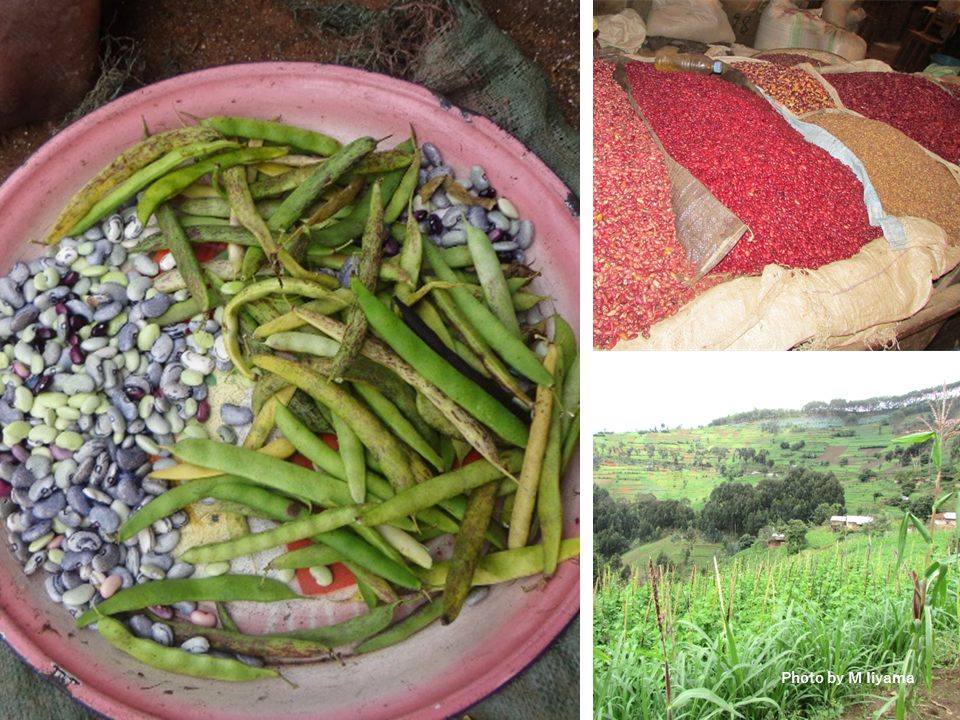Pick Up
955. February 10 is World Pulses Day

955. February 10 is World Pulses Day
The United Nations designated February 10 as World Pulses Day during the December 2018 United Nations General Assembly meeting, in recognition of the International Year of Pulses in 2016. World Pulses Day serves to spotlight the nutritional benefits of pulses and their role in fostering sustainable food systems, advancing towards a world free from hunger.
The Food and Agriculture Organization (FAO) has released numerous reports highlighting the nutritional advantages of pulses and their significance in promoting sustainable food systems, a selection of which is featured in this compilation.
A guide to World Pulses Day 2024
This guide focuses on the theme of World Pulses Day 2024, "Pulses: nourishing soils and people," and the actions everyone can take to celebrate World Legume Day.
Pulses: Nutritious seeds for a sustainable future
Describes the impact of legumes on nutrition, health, climate change, biodiversity, and food security. In addition, it is a veritable encyclopedia of pulses, detailing the characteristics of each type of legume, how they are grown, and even how they are prepared. The book also contains many beautiful illustrations.
The global economy of pulses
Analyzes legume consumption trends in different regions of the world and reports on the role of pulses in healthy nutrition and their importance in trade.
Pulse crops for sustainable farms in sub-Saharan Africa
Pulses are rich in iron, protein, and energy, and are well suited for controlling soil erosion and regenerating soil nutrients. This review presents options for using pulses for food security and environmental conservation on small farms in sub-Saharan Africa.
Mainstreaming efficient legume seed systems in Eastern Africa
Describes legume seed production and availability, access to improved varieties, and reduced seed costs to promote the use of legumes.
Soils and pulses: Symbiosis for life
The report describes practices to eradicate hunger and malnutrition, adapt to climate change, halt land degradation, and achieve sustainable development.
Pulses and their by-products as animal feed
Focusing on pulses and their by-products, this report describes the role of pulses and their by-products in livestock production and food security, and approaches to using these by-products efficiently.
Infographics
A series of infographics on FAO's World Pulses Day page outline how legumes can contribute to nutrition, food security, and health, and illustrate their power to adapt to climate change and increase biodiversity.
Reference
Celebrating the power of pulses (FAO):
https://www.fao.org/publications/home/news-archive/detail/the-power-of-…
Contributor: KANAMORI Norihito (Information and Public Relations Office)
